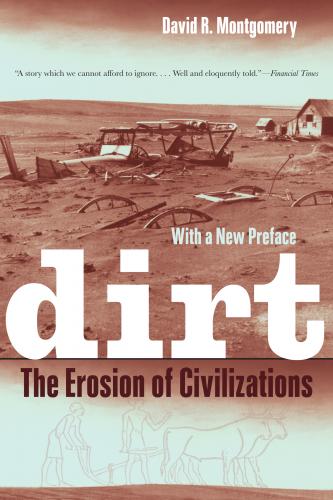Dirt. David R. Montgomery
Roman demand for grain reintensified cultivation in North Africa.
The Roman Senate paid to translate the twenty-eight volumes of Mago's handbook of Carthaginian agriculture salvaged from the ruined city. Once the salt leached away, land-hungry Romans turned the North African coast into densely planted olive farms—for a while. Major farming operations centered around great olive presses developed in the first century AD. Proconsuls charged with producing food for Rome commanded legions of up to two hundred thousand men to protect the harvest from marauding nomads. The barbarians were kept at bay for centuries, but the threat of soil erosion was harder to stop as political stability under the pax romana encouraged continuous cultivation aimed at maximizing each year's harvest. By the time the Vandals crossed from Spain into Africa and took Carthage in AD 439, the Roman presence was so feeble that fewer than fifteen thousand men conquered all of North Africa. After the Roman capitulation, overgrazing by herds of nomadic sheep prevented rebuilding the soil.
Конец ознакомительного фрагмента.
Текст предоставлен ООО «ЛитРес».
Прочитайте эту книгу целиком, купив полную легальную версию на ЛитРес.
Безопасно оплатить книгу можно банковской картой Visa, MasterCard, Maestro, со счета мобильного телефона, с платежного терминала, в салоне МТС или Связной, через PayPal, WebMoney, Яндекс.Деньги, QIWI Кошелек, бонусными картами или другим удобным Вам способом.
